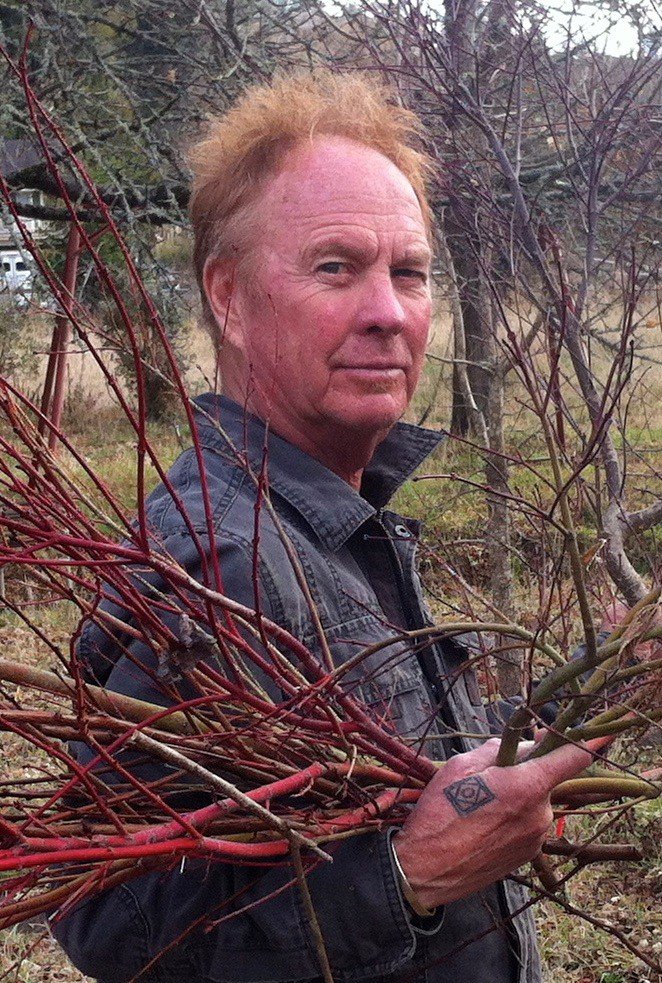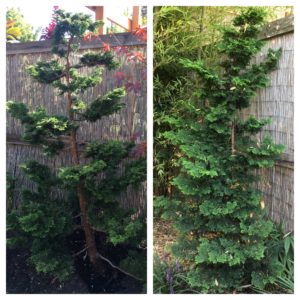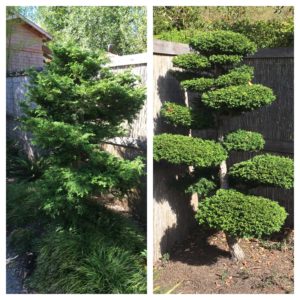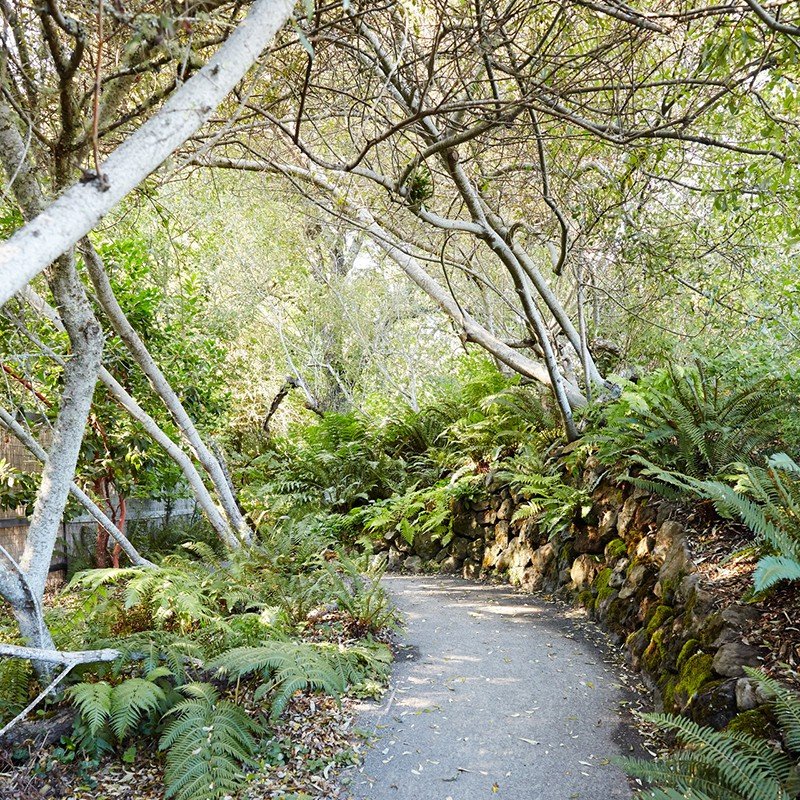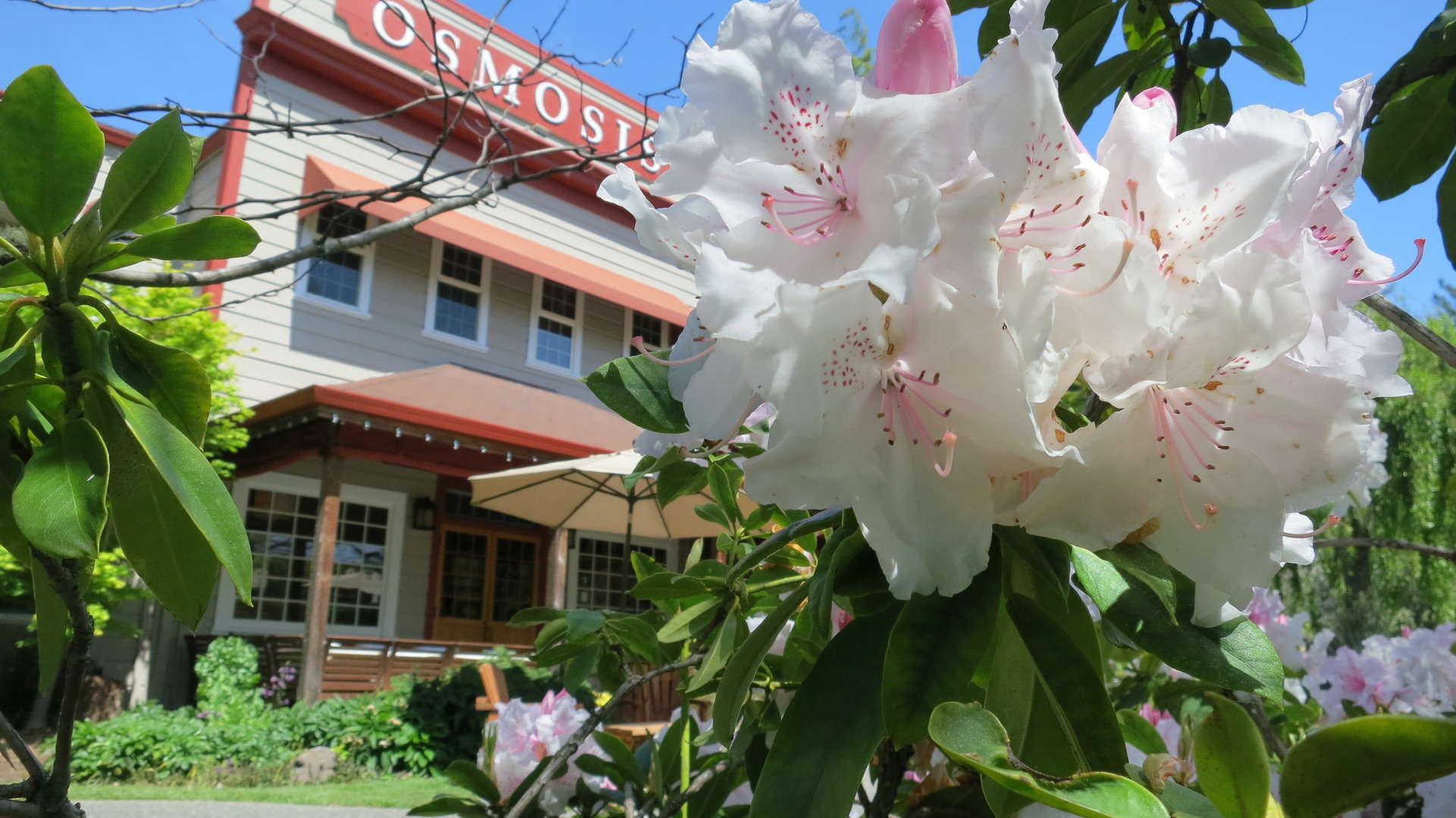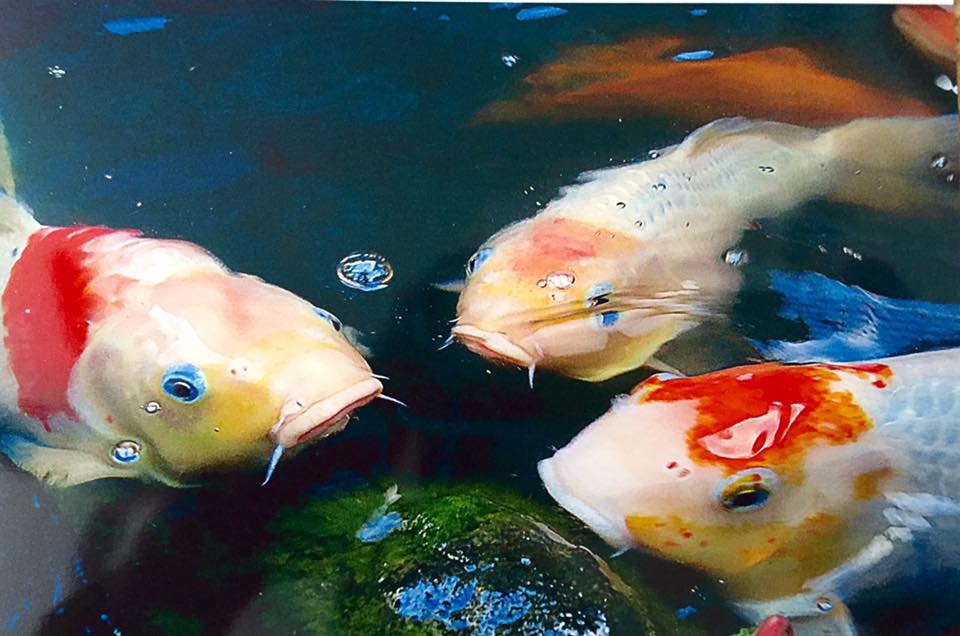Garden Journal for Autumn 2016
by Michael Alliger
Astrologers say that August is the gateway to autumn and here in Sonoma County that seems to be so true as we see the light become more golden, trees turning color and we sense the occasional cool lilt to a breeze. Changing seasons always brings pause to the garden and the gardener. Autumn is especially a time for reflection; spiritually, soulfully, and in the garden. Looking back we may ask: what have we accomplished? Which of our plans have reached fruition? Which are still developing? And our reflection may lead us forward. What will we be focusing on this winter, time of dormancy, by way of preparation for spring?
Yet autumnal weather also offers us some opportunities for pruning and general garden care. Here in Northern California while the season becomes milder we know that there is a likely possibility for high temperatures still to come. This is an excellent time to replenish garden mulch with a nutrient rich compost or humus-y blend. This will help retain precious moisture as we enter the driest period of the year. Here at Osmosis we prefer composted material rather than mere bark for mulching because plants get the added benefit of natural fertilizing as the winter rains leach nutrients into the soil. Along similar lines it’s important that drip irrigation remain functional and on even as expectations of rain increase.
Falling Leaves
It may go without saying that the falling autumn leaves demand regular raking and sweeping. Not only the paths and beds are swept, but the plants themselves which collect fallen leaves must be groomed daily. The large bay trees along Salmon Creek bordering our garden seem to be among the first to drop, though being evergreen their color show is limited to a cinnamon brown. It is interesting to note that nearby redwood trees are also losing leaves at this time. Even evergreen trees lose leaves in autumn; though with conifers and other evergreens it is subtler than with deciduous trees and may even bring alarm at first sight. At Osmosis we have a number of hinoki trees (a species of Chamaecyparis) whose inner leaves turn brown though they tend to persist until brushed off, another seasonal chore.
Conifers
With regards to pruning this is an excellent time to attend to some of the projects that the busy spring and summer postpone. Many of our conifers (junipers, spruce, cedar) are tended to now. In the event of a spike in heat they are generally tough enough to bear it without signs of stress while their slow-growing nature allows them to be pruned just once a year. We also find time to address some of the background material: a large domed English laurel, California myrtle hedges, and sheared yews, for example.
“At Osmosis we employ the Japanese garden approach to these shrubs wherein we value the older wood for its character and clear some of the young upstart shoots. “
A number of other semi-focal or auxiliary plants receive attention now. Nandinas may be thinned and shaped. The European or western approach might be to cut away the old growth in an effort to “renovate” the plant. A beautiful and delicate plant is the Pieris japonica which is actually related to manzanita and rhododendron. Like it’s two relatives pieris sets its spring flowers in summer/fall.
Magnolias
Conflicting with these developing flowers are last springs spent flower parts and this is a perfect opportunity to clean these off though it takes a careful eye to distinguish the two at first. Late summer/fall is an excellent time for cutback, thinning and styling of magnolia trees. Magnolias represent another instance of a plant setting flower buds in fall for spring show. Magnolias are amongst the first of the spring blooms and here in Northern California they’ll actually be opening in January and February. This limits the notion of winter pruning since we try to interfere with flowering as little as possible while making the tree’s overall appearance exemplary. Pruning in late summer allows enough time for the tree to establish flower buds to replace any lost through shaping.
Fall is the recommended time for thinning bamboo. Thinning bamboo is important because it allows the coming spring’s energy to go into making sturdier more demonstrative culms (shoots). Thinning also reduces the plant’s urge to spread as it has more internal space with less crowding. Fall is also a good time to apply slow release organic fertilizer to bamboo thus encouraging the best new growth in spring.
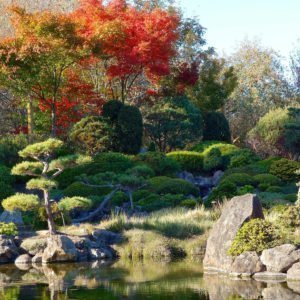 While there are specific tasks for fall the brief pause can be welcomed with an out-breath of gratitude for all that has gone before and the deep rest that garden life will receive during the coming winter.
While there are specific tasks for fall the brief pause can be welcomed with an out-breath of gratitude for all that has gone before and the deep rest that garden life will receive during the coming winter.

